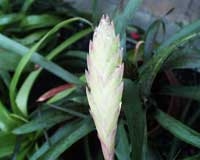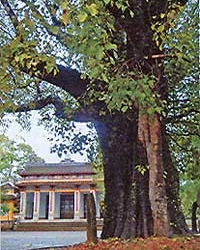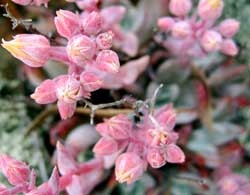Experts Conduct Gravity Experiments with Watermeal, the Smallest Flowering Plant on Earth with Potential for Space Growth.
Astronauts need food and oxygen, which means that on long missions, they will need to bring along plants. However, not all types of plants can survive the harsh conditions of space. One of the “candidates” that may be suitable for long-duration space travel is the smallest flowering plant on the planet: watermeal, as reported by Science Alert on October 10.
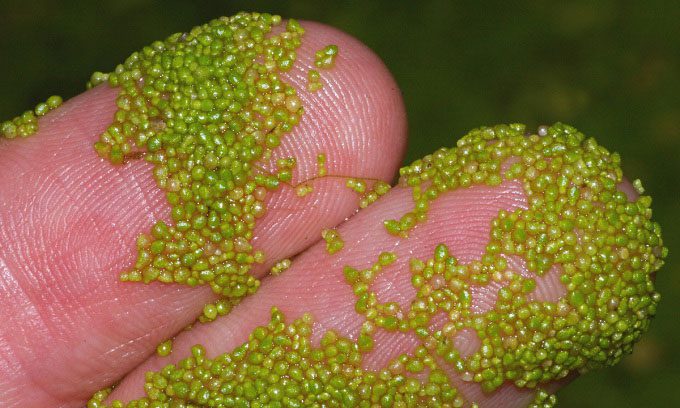
Watermeal on a person’s finger, each dot smaller than 1mm is an individual plant. (Photo: Christian Fischer/ESA).
Measuring less than 1 mm, watermeal is a floating aquatic plant found in water bodies across Asia, including Thailand, where a team of experts from Mahidol University is conducting research. Their goal is to examine the resilience of watermeal under extreme conditions, particularly related to gravity.
“Watermeal has no roots, stems, or leaves, so essentially, they are floating spheres on the water’s surface. This means we can focus directly on the impacts that changes in gravity will have on their growth and development,” said Tatpong Tulyananda, the research team leader.
If watermeal can withstand extreme conditions, it could have significant implications for future astronauts. They produce large amounts of oxygen through photosynthesis and are highly nutritious: they are rich in protein and commonly featured in soups and salads.
To conduct microgravity experiments, the research team used a centrifuge—a device that utilizes rotational motion to negate gravity, simulating a microgravity environment. Preliminary results are promising, showing that watermeal appears to grow well in microgravity, similar to conditions at 1 g (normal gravity near the Earth’s surface).
However, the experts also want to see how this plant develops in a high-gravity environment. Therefore, they brought samples to the Large Diameter Centrifuge (LDC) of the European Space Agency (ESA) in the Netherlands. The LDC can spin at 67 revolutions per minute and has six compartments, each capable of holding 80 kg. Watermeal was placed in boxes equipped with LED lights simulating sunlight. These boxes were then inserted into the centrifuge to allow watermeal to grow while spinning at 20 g (20 times the normal gravity).
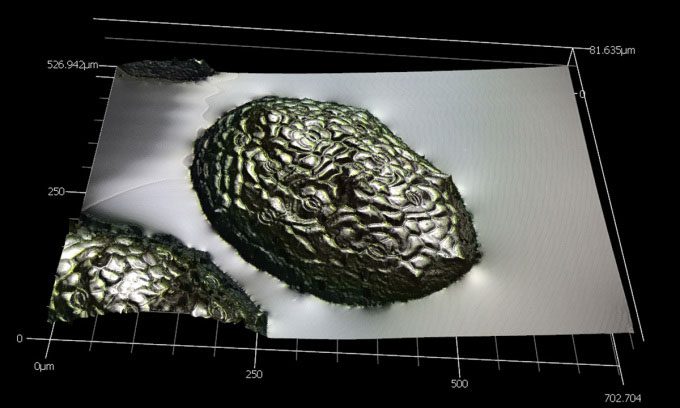
Laser scanning microscope image of watermeal after exposure to hypergravity. (Photo: ESA).
Watermeal completes its entire life cycle in just 5 – 10 days, so a few weeks of experimentation provides the research team with data on multiple generations of plants. “Next, we will directly examine the watermeal, then convert the collected samples into solid form for further study. At that point, we can conduct detailed chemical analyses of these samples to better understand how watermeal reacts to hypergravity,” Tatpong stated.
The research team is very optimistic about the suitability of watermeal for future space missions. “When you eat watermeal, you consume it 100%. Therefore, it is highly likely to be suitable for space agriculture,” Tatpong noted.








































